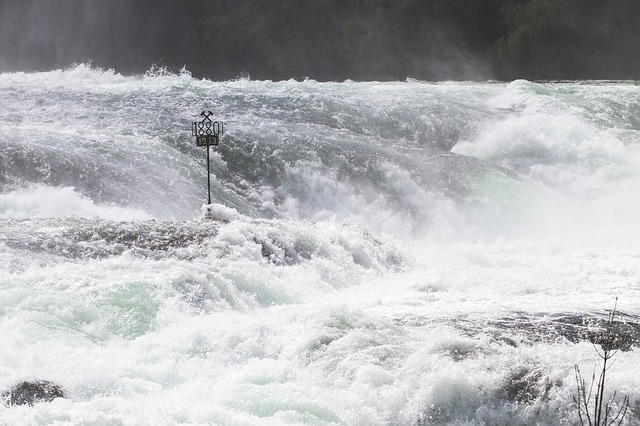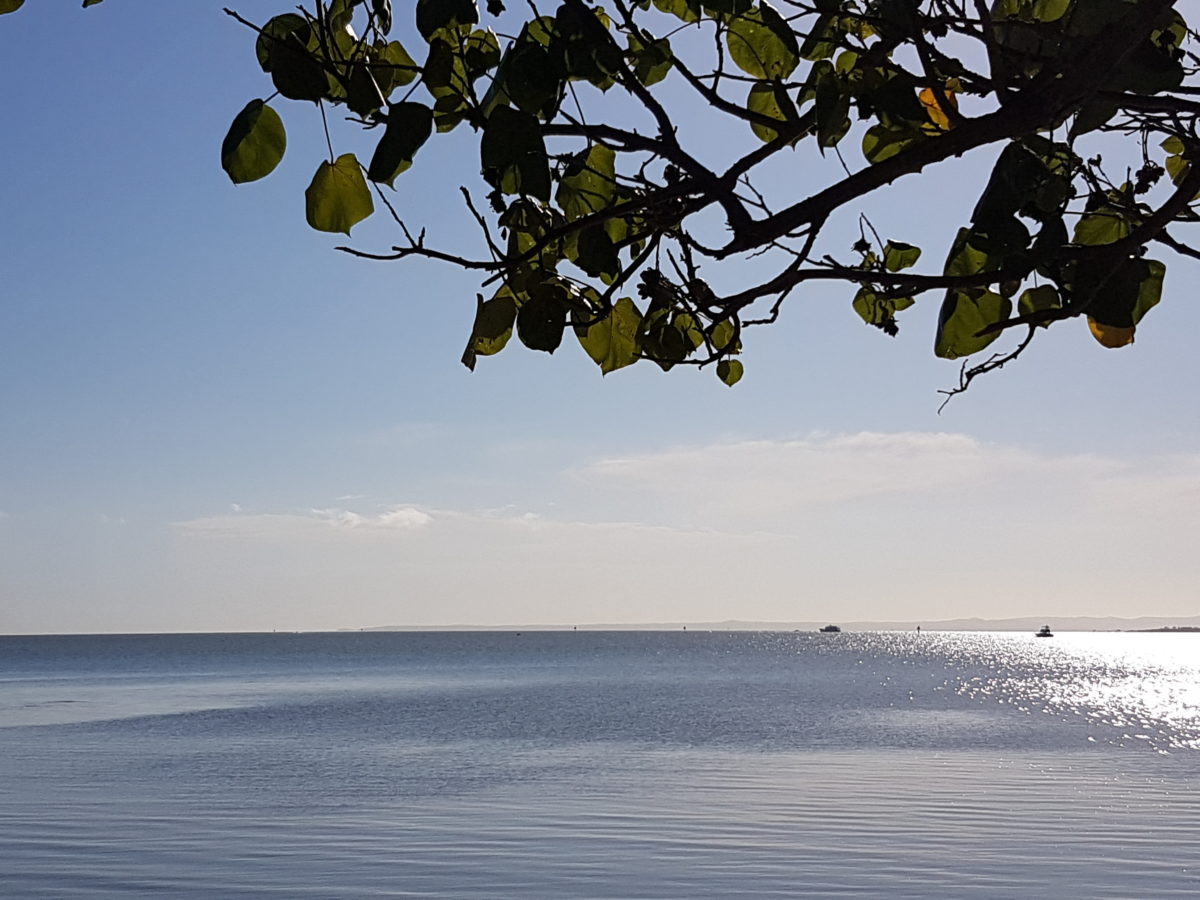You might identify yourself with one of the many roles that you have – mother, daughter, wife, sister, aunty, grandmother – or a past role, e.g. ex-wife. Alternatively, you might describe yourself in terms of your profession. However, you are more than your many roles or your profession.
You might identify with a demographic characteristic such as your race, age, gender, socio-economic status or nationality. However, you are more than any demographic characteristic or the sum of those characteristics.
You could identify yourself in terms of a disability or a perceived deficiency such as disorganised, clumsy or lacking flexibility; but you are not your disability or your deficiency – imagined or real.
Jon Kabat-Zinn maintains that you are not your thoughts – you are not the narrative in your head or your negative self-evaluation.
So, who are you really?
Consciousness – more than your brain.
Scientists have identified the many parts, functions, and conditions associated with the complex organ – your human brain. They have been able to highlight the impact of perceptions and emotions on various parts of the brain. They can show how your brain interacts with your senses and interprets sensory data. However, you are not your brain or any characteristic of it – you are more than your brain.
While scientists are increasingly gaining intimate knowledge of the brain and its functions, they have not yet been able to explain what your “consciousness” or “awareness” is. Numerous articles have been written about consciousness but each has failed to provide an adequate theory to explain the nature of consciousness – which is considered to be “the last frontier of science“. Scientists struggle even to explain why consciousness is so baffling.
You can be conscious of your own thoughts or your connection with other people and with nature or be aware of the existence of your sub-conscious and its impact on your thoughts, memories and creativity.
Getting to know who you really are is a lifetime pursuit of self-awareness as you delve into the depths of your consciousness and explore the vast “spaciousness” that is involved.
Jack Kornfield suggests that you can narrow your awareness to an experience, such as listening to the birds in the tree, or expand it by opening “the lens of consciousness so that it can become like the sky or space”.
As you grow in mindfulnes through mindfulness meditation, you can deepen your self-awareness and explore who you really are – beyond the boundaries of your self-limiting identification. It’s in this expanded awareness that you can find happiness, creativity and calmness. Otherwise, you cannot realise your full potentiality.
By Ron Passfield – Copyright (Creative Commons license, Attribution–Non Commercial–No Derivatives)
Image source: courtesy of johnhain on Pixabay
Disclosure: If you purchase a product through this site, I may earn a commission which will help to pay for the site, the associated Meetup group and the resources to support the blog.







